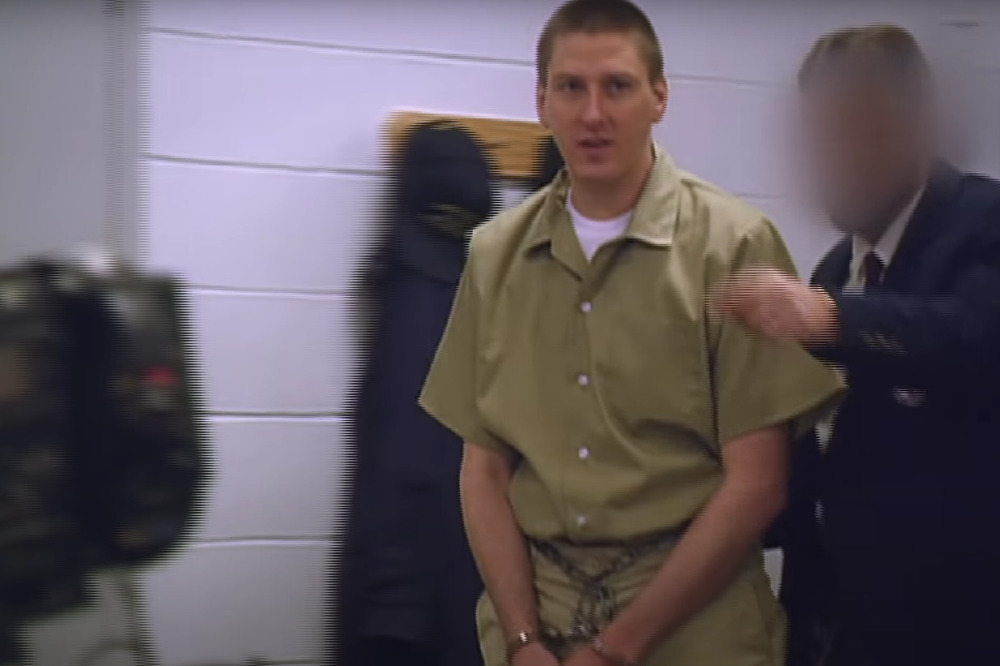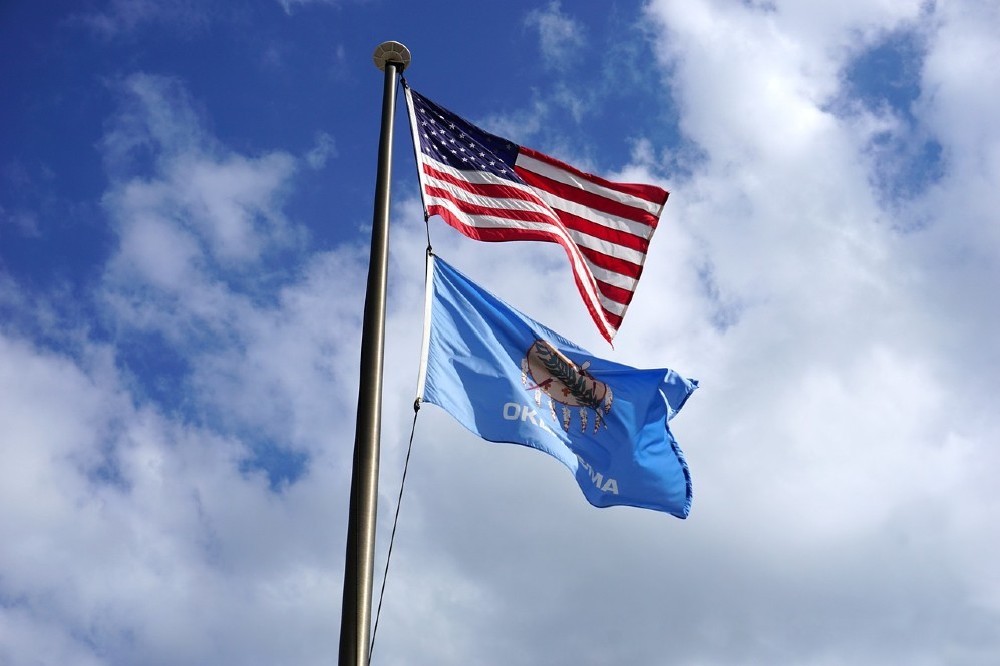Some killers fixate on one thing in particular, such as their dislike of women or distrust of certain people; Timothy McVeigh was no different, as his hatred of the US government led him to attack a federal building.

Timothy McVeigh being led to a prison interview / Picture Credit: 60 Minutes on YouTube
Who was Timothy McVeigh?
Timothy McVeigh developed an interest in guns and separatism as a teenager. After serving in the US Army, he became even more disillusioned with the US government.
Subsequently, after years of planning, McVeigh detonated homemade explosives outside the Alfred P. Murrah Federal Building in Oklahoma City, Oklahoma, on April 19th, 1995.
This attack resulted in 168 deaths, and several hundred wounded victims. McVeigh was arrested shortly after; he was killed in 2001.
Childhood and the Army
Timothy James McVeigh was born on April 23rd, 1968, in Lockport, New York (NY). He grew up not too far from there, in the working-class town of Pendleton.
After his parents’ divorce, he went to live with his father where he developed an interest in guns through target practice with his grandfather.
During this time, McVeigh read The Turner Diaries, an anti-government text written by William Pierce, a neo-Nazi.
The tome spoke of a federal building being bombed; this only added to McVeigh’s paranoia and stress about a plot the government has to appeal the Second Amendment (the right to keep and bear arms).
McVeigh was tall, skinny and reserved, and was bullied during high school. He was, however, very intelligent which can be a recipe for disaster with someone so hateful. He received a partial college scholarship in 1986, but only attended a business school for a short while before dropping out to join the Army.
He enrolled in the US Army in 1988; he became the perfect soldier, earning himself the Bronze Star for Bravery in the Persian Gulf War. He was however, discharged in 1991.
McVeigh returned to NY and fell into a life following the gun circuit, selling weapons and preaching about the evils of the government. He spent quite a bit of time with friends from the Army, Terry Nichols and Michael Fortier, who also had a love for guns and a distaste for federal authority, just as McVeigh did.
Adding to anger
Two events involving the FBI and their actions against separatists increased McVeigh’s rage at the government.
One event saw separatist Randy Weaver engage in a standoff with government agents at his cabin in 1992. He was suspected of selling illegal guns; the violent encounter led to the tragic death of Weaver’s wife and son.
The second event that added to McVeigh’s anger, rage and hatred was the siege between the FBI and a religious organisation known as the Branch Davidians. On April 19th, 1993, McVeigh watched on TV as the FBI stormed the compound which led to many deaths, including the loss of children.
The Oklahoma City bombing

In September of 1994, McVeigh began his plan to obliterate the Murrah Building in Oklahoma City.
McVeigh, as well as Army friends Nichols and Fortier, obtained tons of ammonium nitrate fertilizer and gallons of fuel, creating a very volatile explosive.
The Murrah Building was the chosen target due to its camera angles, which according to McVeigh were brilliant, as they would capture the explosion well; McVeigh wanted to make the attack a stage of sorts for his anti-government message.
On April 19th, 1995 (the second anniversary of the siege on the Branch Davidians compound), McVeigh parked a truck, which was loaded with the deadly explosive, in front of the Murrah Building.
Innocent and unaware people were making their way into work and, on the second floor, children were arriving at the day-care centre.
At 09:02, the bomb was set off and destroyed the whole north wall of the building, taking out all nine floors.
At least 300 other buildings that were within the blast radius were damaged or completely obliterated, 168 people were killed, and a further 650 or more were injured.
Arrest and execution
Some early reports suggested that a terrorist group from the Middle East may have been to blame for the attack but, within days, McVeigh was the main suspect.
McVeigh was already in prison, as he was pulled over soon after the bombing for a license plate violation; he was also found to have an illegal handgun.
Nichols soon surrendered to the authorities, and the two were indicted for the crime in August (1994).
McVeigh was convicted after a 23-hour deliberation, and was sentenced to death. Nichols was sentenced to life in prison the following year.
McVeigh spoke with pride about the attack when asked about it, and even stated the victims to be nothing more than collateral damage.
On June 11th, 2001, following an attempted stay of execution, federal prison authorities killed McVeigh by lethal injection; he died within minutes, and his body was cremated.
Written by Melissa, who you can follow on Twitter @melissajournal
RELATED: Sinister Saturday: The case of Eric Harris, the 1999 Colimbine school shooter
Many criminals have troubled backgrounds, and Eric’s school life didn’t seem so different. An angry individual and an outcast at school, Harris decided to take out his rage on those at his school in 1999...

